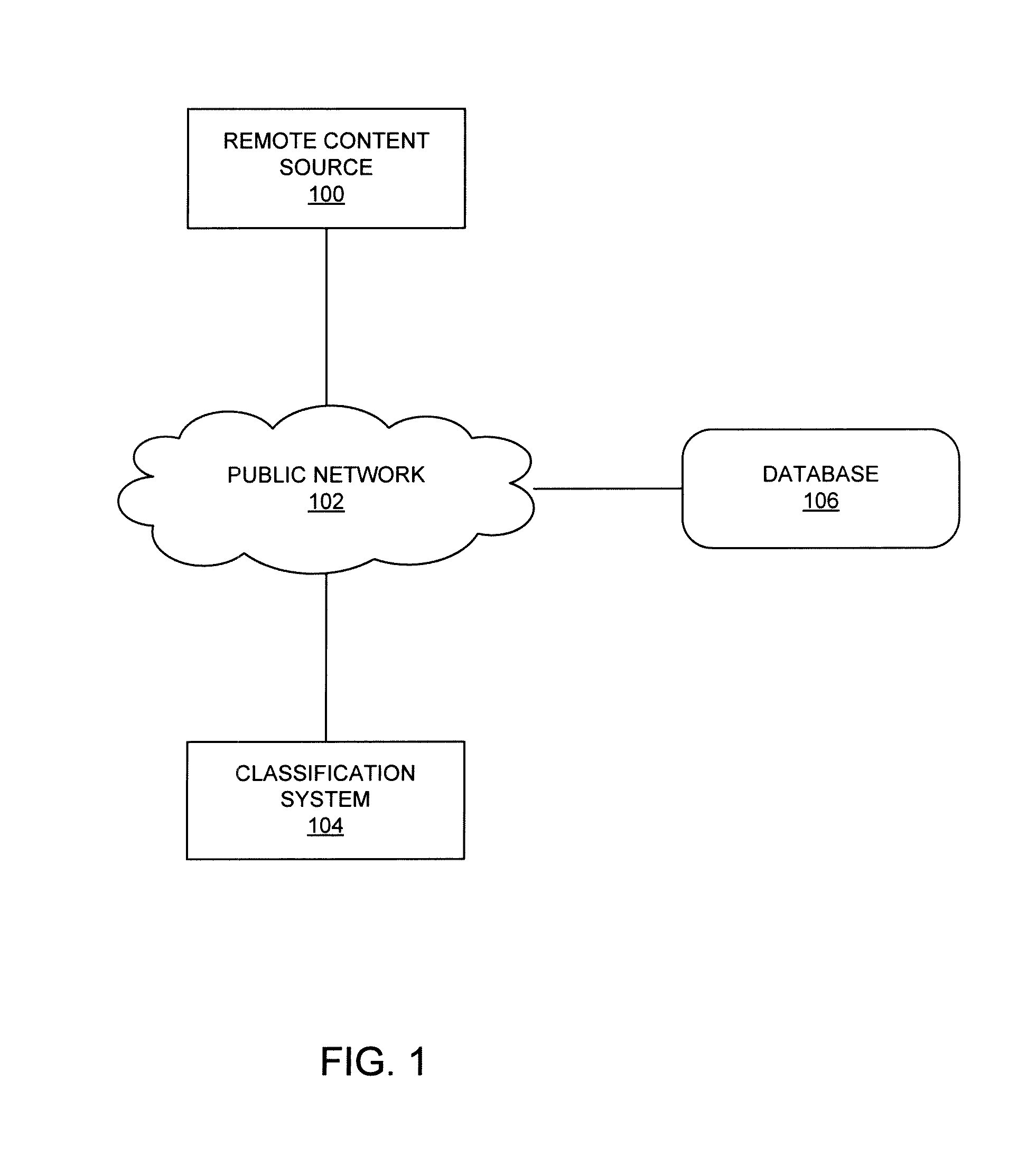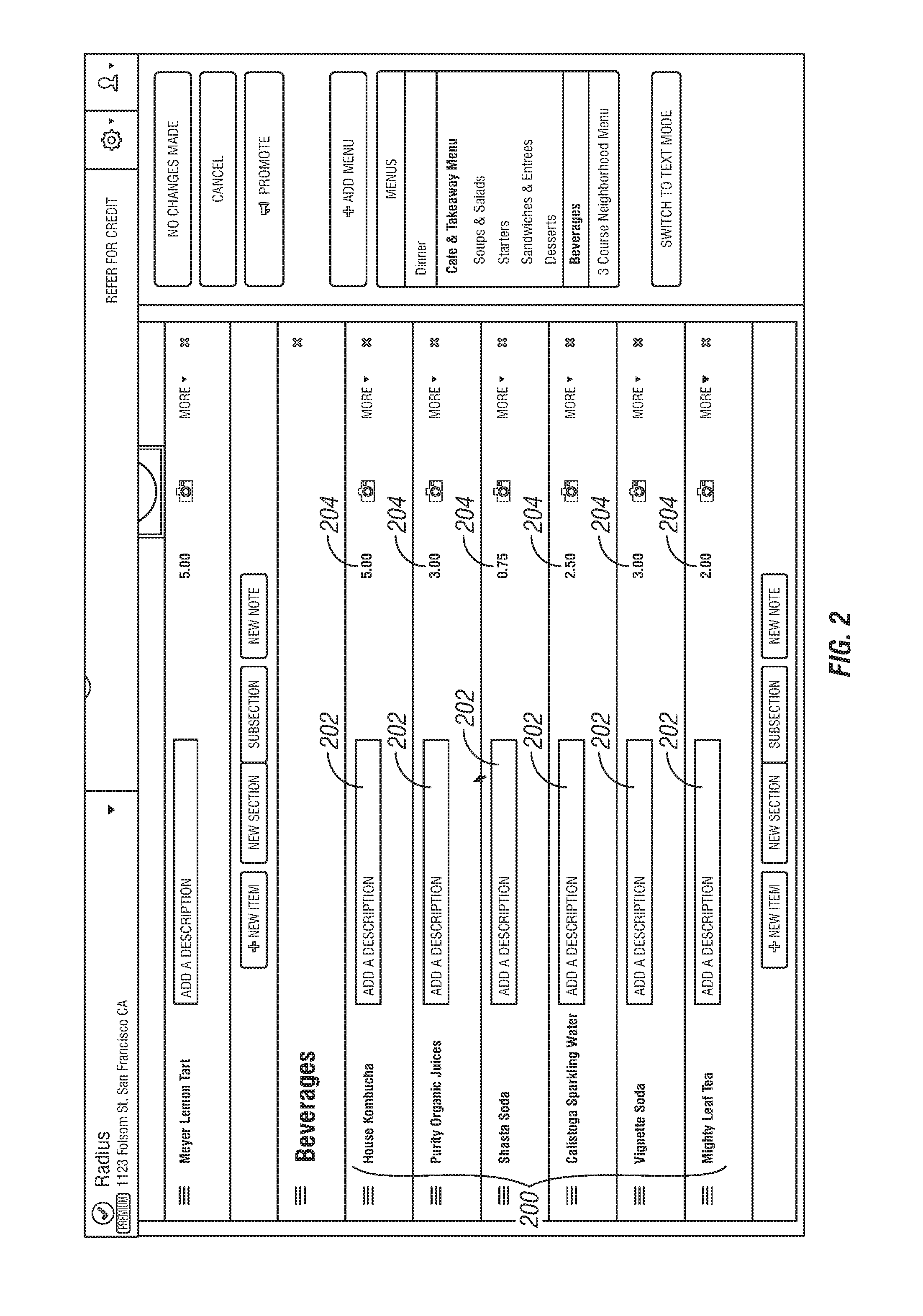Identifying and processing a number of features identified in a document to determine a type of the document
a document type and document technology, applied in the field of classification of data, can solve the problems of difficult to determine dish names, descriptions, or specific annotations, and achieve the effect of reducing the difficulty of determining which text entries refer to section titles
- Summary
- Abstract
- Description
- Claims
- Application Information
AI Technical Summary
Benefits of technology
Problems solved by technology
Method used
Image
Examples
Embodiment Construction
[0015]The present invention relates generally to the classification of data and, more particularly, to systems and methods for processing input data using one or more classifiers trained using a body of known-good data.
[0016]In one implementation, the present disclosure provides a method including identifying, by at least one server communicatively coupled to a network, a plurality of training tokens. Each training token includes a token retrieved from a content source and a classification of the token. The method includes, for each training token in the plurality of training tokens, identifying, by the at least one server, a plurality of n-gram sequences, generating, by the at least one server, a plurality of features for the plurality of n-gram sequences, and generating, by the at least one server, first training data using the token retrieved from the content source, the plurality of features, and the classification of the token. The method includes training a first classifier wi...
PUM
 Login to View More
Login to View More Abstract
Description
Claims
Application Information
 Login to View More
Login to View More - R&D
- Intellectual Property
- Life Sciences
- Materials
- Tech Scout
- Unparalleled Data Quality
- Higher Quality Content
- 60% Fewer Hallucinations
Browse by: Latest US Patents, China's latest patents, Technical Efficacy Thesaurus, Application Domain, Technology Topic, Popular Technical Reports.
© 2025 PatSnap. All rights reserved.Legal|Privacy policy|Modern Slavery Act Transparency Statement|Sitemap|About US| Contact US: help@patsnap.com



